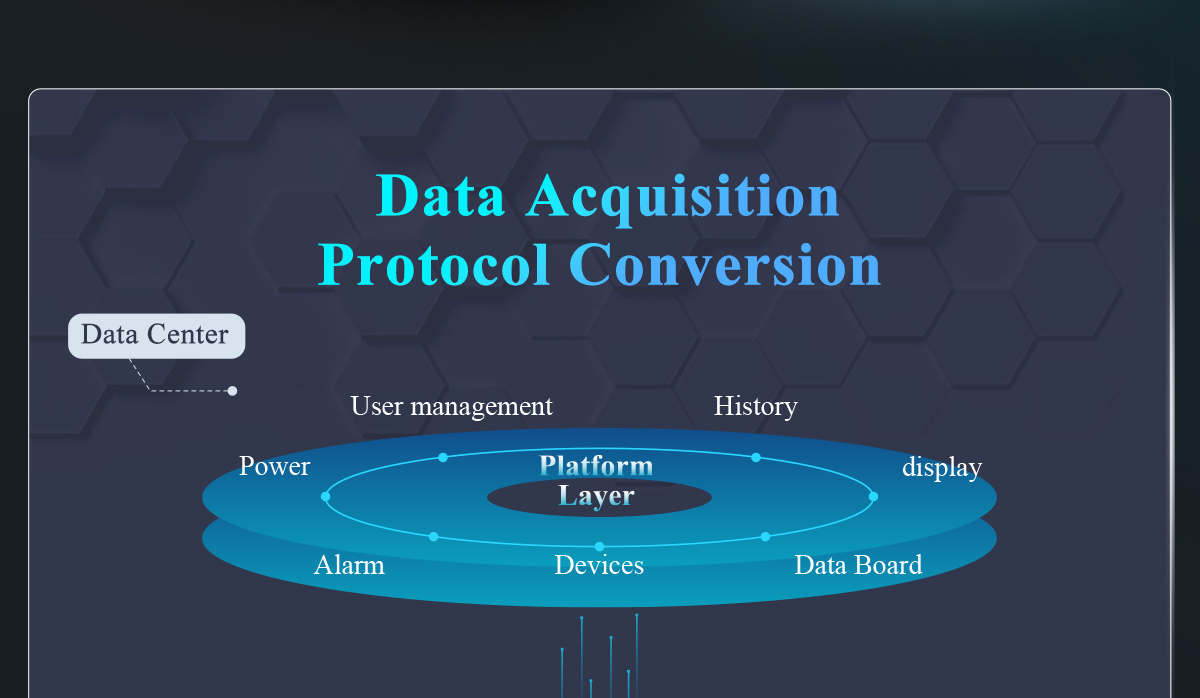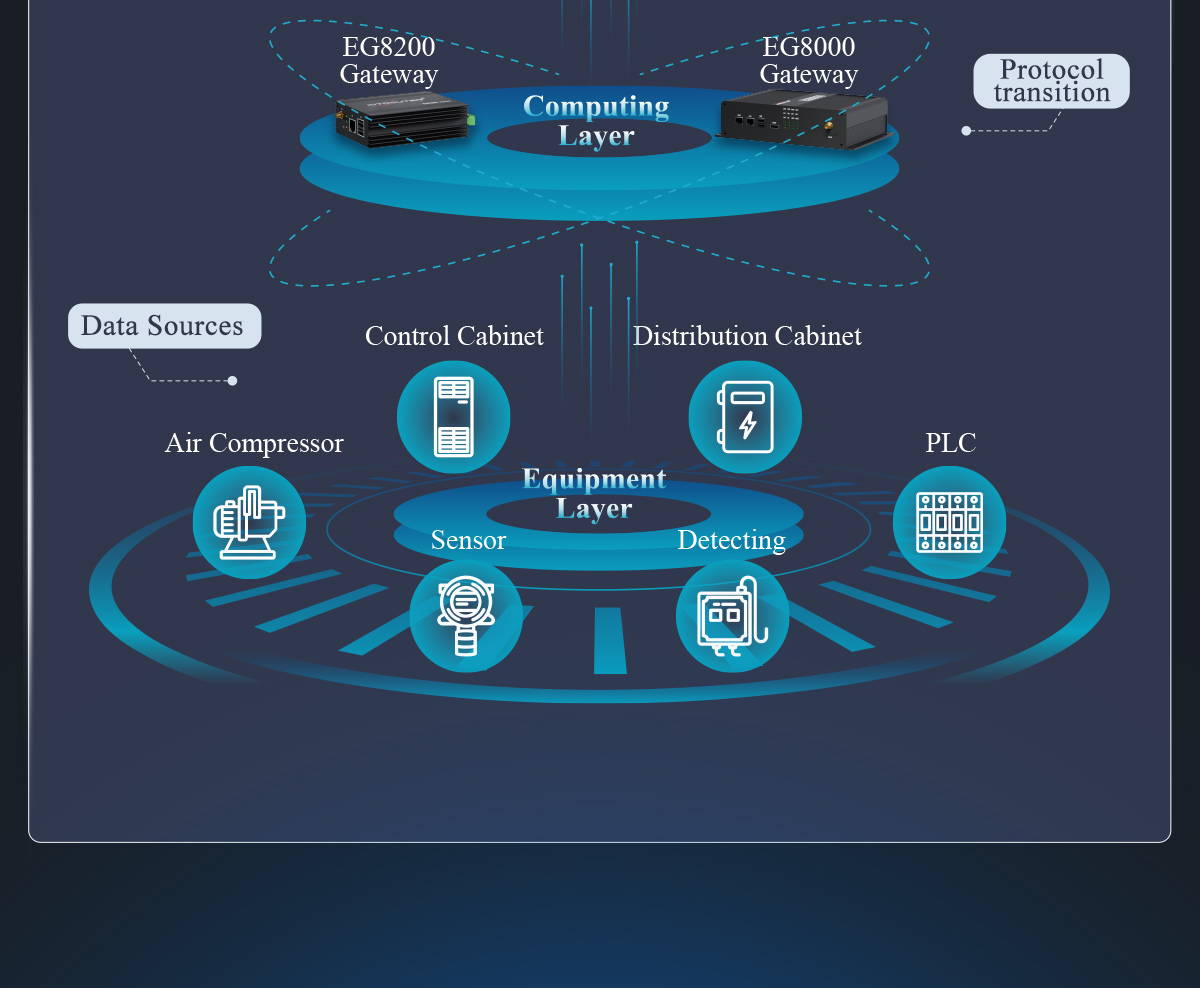With the development of IoT and 5G technologies, edge computing has become an important part of modern network architecture. It achieves lower latency and higher efficiency by moving data processing and storage from the cloud to the edge of the network, closer to the data source. Under the framework of edge computing, each of the three main computing models shows unique advantages and application scenarios. In this article, we will analyze these three computing models in detail: Device Edge Computing, Edge Gateway Computing, and Multi-Entry Edge Computing (MEC).
Device Edge Computing (DEC)
Device Edge Computing is a model where data processing and computation is performed on the device itself. In this model, smart devices (e.g., sensors, cameras, smart home devices, etc.) have a certain amount of computing power and are able to process data directly on the device, reducing the need for data transmission to the cloud. The key advantages of this model are:
- Low latency: Since data processing is done locally on the device, it reduces the time of data transmission and greatly reduces the latency, which is suitable for application scenarios with high real-time requirements.
- Privacy protection: Data is processed locally on the device and sensitive information does not need to be uploaded to the cloud, thus enhancing data privacy and security.
- Low bandwidth demand: Local processing reduces the need for data uploading and lowers network bandwidth consumption.


Device edge computing is widely used in smart home, industrial IoT and autonomous driving, especially for those scenarios that require high real-time and data security.
Edge Gateway Computing (Edge Gateway Computing)
Edge Gateway Computing is a computing model that utilizes edge gateway devices to process data. The edge gateway sits between the local device and the cloud, acting as an intermediary for data aggregation and processing. Edge gateways usually have stronger computing and storage capabilities and can handle more complex computing tasks than a single device. Its main features include:
- Data aggregation and pre-processing: edge gateways can aggregate data from multiple devices and perform preliminary processing or filtering, thus reducing the amount of data transmitted to the cloud and improving efficiency.
- Protocol conversion: The edge gateway can support different communication protocols to realize data interaction and interoperability between different devices and enhance system compatibility.

- Centralized management: Through the edge gateway, centralized management and control of multiple devices can be realized, enhancing the overall coordination and manageability of the system.
Edge gateway computing is suitable for scenarios that require the integration of multiple devices and complex data processing, such as smart manufacturing, smart city and medical IoT.
Multi-access Edge Computing (MEC)
Multi-access Edge Computing (MEC) is a computing model based on the edge of the telecom network, typically deployed near cellular base stations or network access points. MEC combines computing power with network infrastructure to provide low-latency computing services close to the end user. Its key benefits include:
- Extremely low latency: because computing resources are deployed at the network edge, MECs are able to provide extremely low network latency. It is suitable for real-time demanding scenarios such as 5G applications, Augmented Reality (AR), Virtual Reality (VR) and Telematics.
- High bandwidth: MECs process data in the vicinity of the access point, reducing the load on the core network and thus improving the overall bandwidth utilization of the network.
- Network Service Integration: MECs can be directly integrated with network services (e.g., communications, storage, security) to provide more efficient service delivery and resource management.
MECs are widely used by mobile network operators, content delivery networks (CDNs), intelligent transportation and other areas requiring high bandwidth and low latency.
Summarize
The three main modes of edge computing – device edge computing emphasizes low latency and data privacy, edge gateway computing focuses on data aggregation and device management, and MEC features very low latency and high bandwidth. These three modes can not only be applied independently, but can also be combined according to specific needs. They provide strong technical support for IoT, 5G, and industrial automation, and address a wide range of needs from simple data processing to complex task execution.